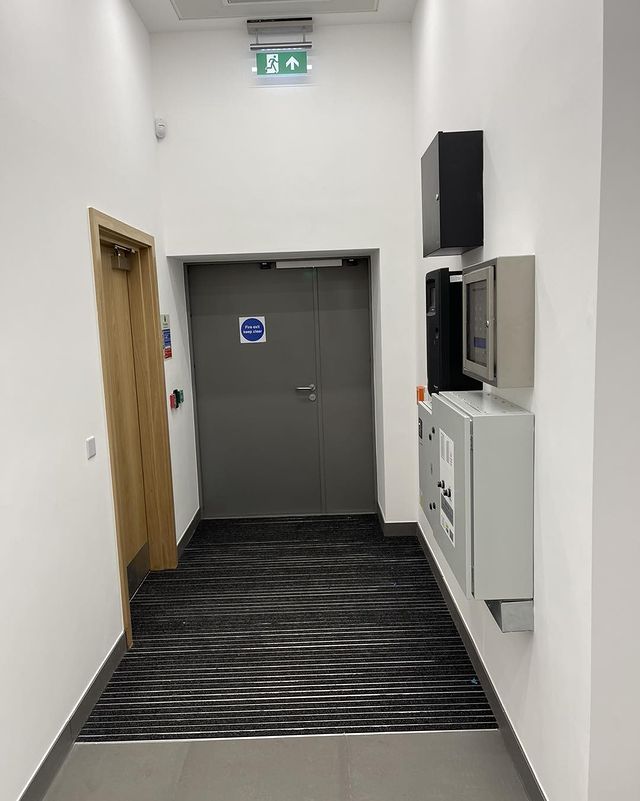Steel doors are a popular choice for both residential and commercial applications due to their durability, strength, and security features. They are available in various types, each designed to serve different purposes based on their unique characteristics. In this article, we will explore different types of steel doors and discuss their ideal applications.
Flush Steel Doors:
Flush steel doors are the most basic and common type of steel doors. They have a simple, flat design without any decorative elements. These doors are typically used in industrial or commercial settings where aesthetics are not a primary concern. Flush steel doors are known for their strength, making them suitable for high-traffic areas that require enhanced security.
Applications: Warehouses, factories, utility rooms, storage areas.
Panel Steel Doors:
Panel steel doors feature raised or recessed panels that add a decorative element to the door’s appearance. These doors are available in a variety of panel designs, allowing for customization to match the architectural style of the building. Panel steel doors strike a balance between aesthetics and functionality, offering both security and visual appeal.
Applications: Office buildings, commercial establishments, residential entry doors.
Fire-Rated Steel Doors:
Fire-rated steel doors are designed to resist fire and prevent its spread between different areas of a building. These doors are constructed with fire-resistant materials and undergo rigorous testing to ensure they meet fire safety standards. Fire-rated steel doors come in various fire rating levels, ranging from 20 minutes to 3 hours, providing different levels of protection.
Applications: Hospitals, schools, commercial kitchens, stairwells.
Security Steel Doors:
Security steel doors are specifically engineered to offer maximum protection against forced entry and vandalism. They are reinforced with additional features such as heavy-duty frames, multiple locks, and impact-resistant materials. Security steel doors are an excellent choice for properties that require heightened security measures.
Applications: Banks, jewelry stores, data centers, high-security facilities.
Acoustic Steel Doors:
Acoustic steel doors are designed to minimize sound transmission between different areas. They are equipped with sound-absorbing materials and sealing mechanisms to create an effective sound barrier. Acoustic steel doors are often used in settings where noise control is crucial to maintain a comfortable environment.
Applications: Recording studios, concert halls, theaters, conference rooms.
Blast-Resistant Steel Doors:
Blast-resistant steel doors are engineered to withstand high-pressure events, such as explosions or bomb blasts. These doors are constructed with reinforced frames, heavy-duty hinges, and blast-resistant glass. Blast-resistant steel doors play a vital role in enhancing the safety and security of buildings in high-risk areas.
Applications: Government buildings, military facilities, critical infrastructure.
Stainless Steel Doors:
Stainless steel doors are known for their corrosion resistance and durability. They are often used in environments where moisture, humidity, or exposure to chemicals can degrade other door materials. Stainless steel doors are available in various finishes, making them suitable for both functional and aesthetically pleasing applications.
Applications: Hospitals, pharmaceutical facilities, food processing plants, coastal areas.
In conclusion, steel doors offer a wide range of options to suit different needs and requirements. Whether you need enhanced security, fire protection, noise reduction, or resistance to extreme conditions, there is a type of steel door that fits the bill. By understanding the various types of steel doors and their ideal applications, you can make an informed decision when selecting the right steel door for your specific needs.
For more information you can contact us or call us at 0800 9877 007

